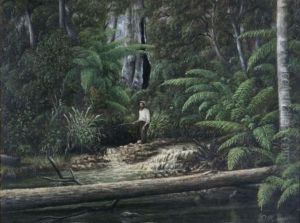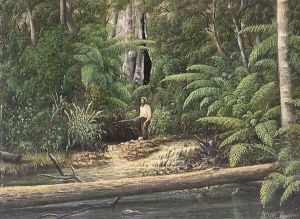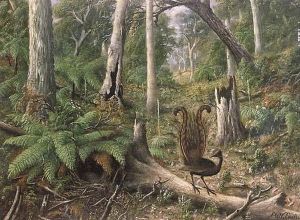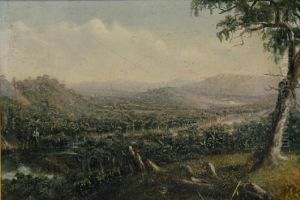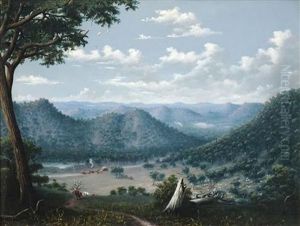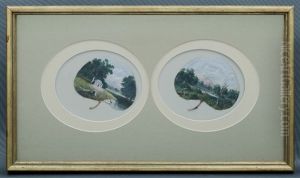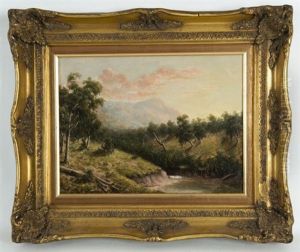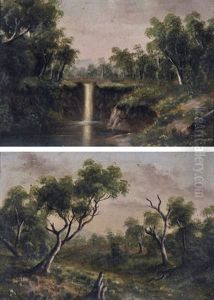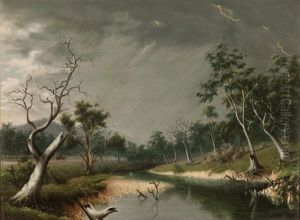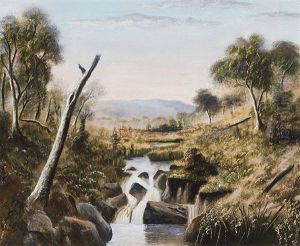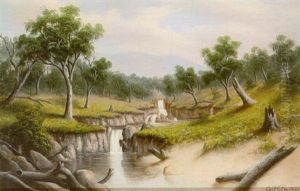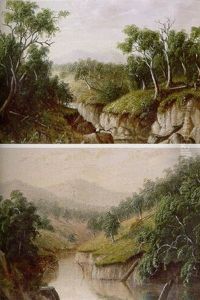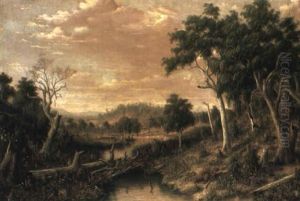Alfred William Eustace Paintings
Alfred William Eustace was an Australian artist, known for his contributions to the Australian art scene during the early 20th century. Born in 1881 in Victoria, Australia, Eustace grew up in an era where Australia was beginning to forge its own identity, separate from its colonial roots. This context influenced Eustace and his contemporaries, who were exploring what it meant to be Australian through various art forms, including painting, sculpture, and printmaking.
Eustace's work is characterized by its detailed depiction of the Australian landscape and its inhabitants. His artistic output was diverse, ranging from landscape paintings that capture the unique light and color of the Australian bush to etchings and prints that explore the daily life and character of its people. Eustace had a deep appreciation for the natural beauty of his homeland, and this is evident in the meticulous detail and vibrant colors of his landscapes.
Despite his talent and contribution to Australian art, Alfred William Eustace remains a somewhat lesser-known figure compared to his contemporaries. His career was marked by periods of prolific creation as well as times of relative obscurity. Nevertheless, his works are a valuable part of Australia's artistic heritage, offering insights into the country's landscape, culture, and identity during the early 20th century.
Eustace's life and career were also reflective of the challenges faced by artists in Australia during this time. Financial and critical success was often elusive, and many artists struggled to gain the recognition they deserved. Despite these challenges, Eustace continued to create and exhibit his work, contributing to the cultural landscape of Australia. He passed away in 1946, leaving behind a body of work that continues to be appreciated by art historians and collectors alike.
Alfred William Eustace's legacy is that of an artist who captured the essence of Australia's natural beauty and cultural identity through his work. While he may not have gained the fame of some of his peers, his contributions to Australian art are undeniable, providing a window into the country's past and its evolving identity during a pivotal time in its history.
